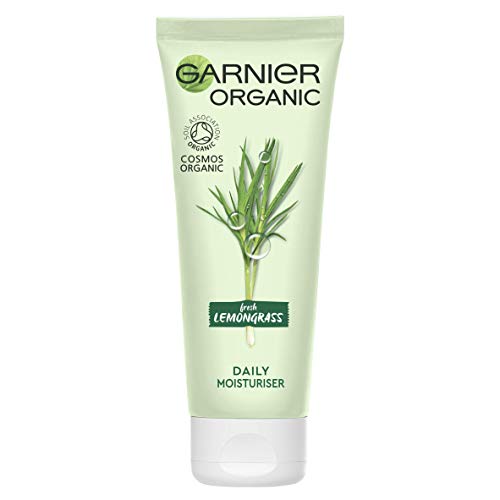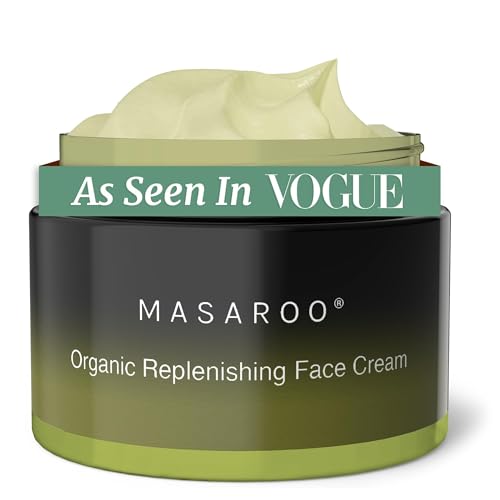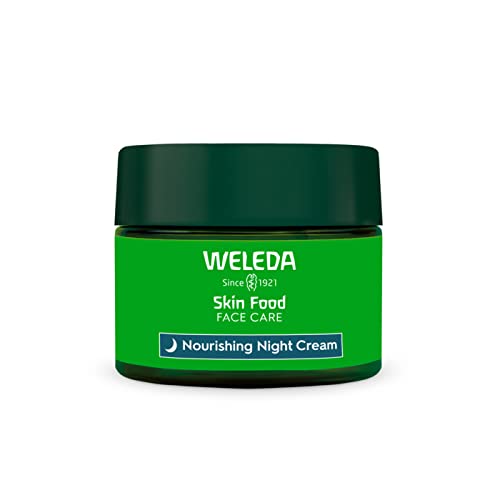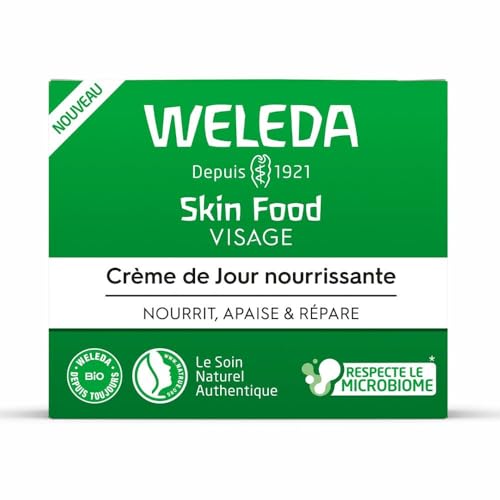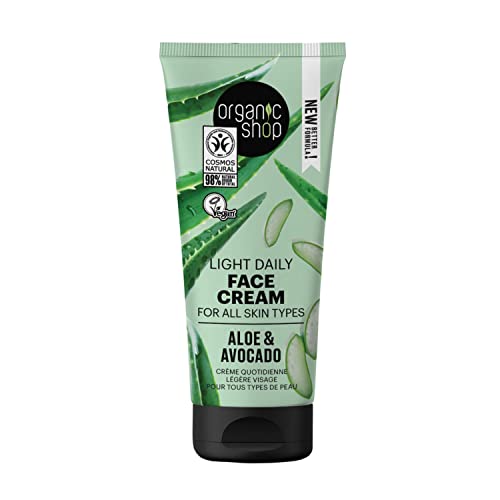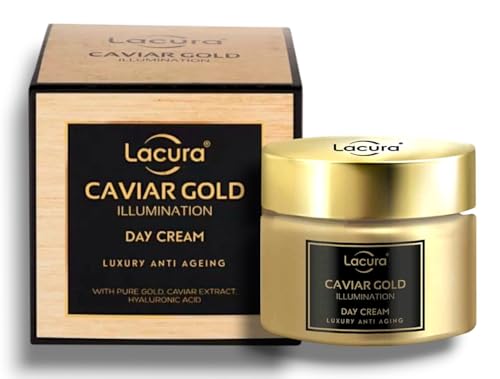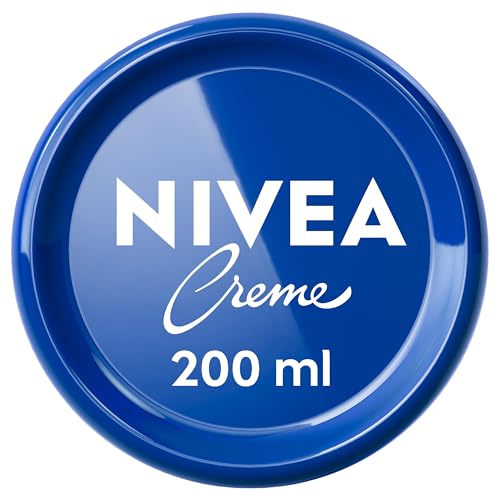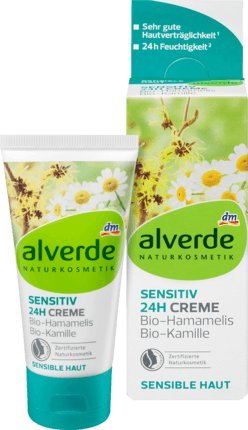Understanding Organic Ingredients: What to Look For
What Makes Ingredients Organic?
When exploring organic face creams, we find ourselves focusing on ingredients that are derived from natural sources without the use of synthetic chemicals. This means that any plant extracts, oils, or additives in the cream are grown without pesticides, herbicides, or genetically modified organisms (GMOs). Essentially, we should look for the term ‘organic’ followed by a certification that verifies the ingredient’s organic status, indicating a higher standard for purity and safety.
Familiarising Ourselves with Common Organic Ingredients
As we dive deeper into organic face creams, certain ingredients stand out as beneficial. For instance, aloe vera is known for its soothing properties, while jojoba oil can closely mimic our skin’s natural oils, providing deep hydration without clogging pores. On the other hand, organic shea butter is a popular emollient that can revive dry skin. It’s essential to understand these ingredients so we can appreciate the formulations that are genuinely nourishing.
Key Benefits of Using Organic Face Cream
Gentle on the Skin
One of the main benefits of organic face creams is that they are often much gentler on our skin, especially if we have sensitivities or are prone to irritation. With fewer synthetic chemicals, these products minimize the risk of adverse reactions, allowing us to maintain a healthy complexion.
Packed with Nutrients
Organic creams are typically rich in vitamins, antioxidants, and fatty acids, which nourish our skin. Ingredients like organic green tea or rosehip oil are packed with anti-aging benefits and can help combat free radicals, keeping our skin looking youthful and vibrant.
Environmental Considerations
Choosing organic doesn’t just benefit our skin; it also contributes to a healthier planet. Organic farming practices are designed to support biodiversity and reduce pollution, which is something we can feel good about when selecting our skincare.
How to Choose the Right Organic Face Cream for Your Skin Type
Identifying Our Skin Type
Before selecting an organic face cream, we need to identify our skin type—whether it’s oily, dry, combination, or sensitive. This understanding allows us to focus on formulas that cater specifically to our skin’s needs. For example, if our skin is oily, we might look for lighter, gel-based creams, while those with dry skin may prefer creams that are richer and more hydrating.
Reading Labels for Suitable Ingredients
Once we know our skin type, we should pay close attention to ingredient labels. For instance, those with sensitive skin should aim for creams that feature calming ingredients like chamomile or calendula, whereas we with oily skin should choose products that include tea tree oil or witch hazel, which can help control sebum production.
Tips for Applying Organic Face Cream Effectively
The Ideal Application Method
Applying organic face cream effectively means not just slapping it on but rather using the right technique to ensure maximum absorption. We recommend starting on clean, slightly damp skin, which can help the cream bind to our skin more effectively. Using upward strokes and gentle tapping motions can also stimulate blood circulation and promote a healthy glow.
The Importance of Consistency
Consistency is key when it comes to skincare. We should establish a routine, applying the cream twice daily—once in the morning and once at night. This habit allows the cream to penetrate the skin and deliver its beneficial ingredients continuously for optimal results.
Top Picks for Organic Face Creams on the Market
Highlighting Our Recommendations
As we sift through the myriad of organic face creams available, a few standout options frequently capture our attention. Look for creams that contain a blend of hydrating oils and nourishing botanicals that cater to a range of skin types. It’s crucial to consider brands known for their transparency in ingredient sourcing and formulation methods. These creams often reflect a commitment to both quality and efficacy, making them worthy additions to our skincare regimen.





